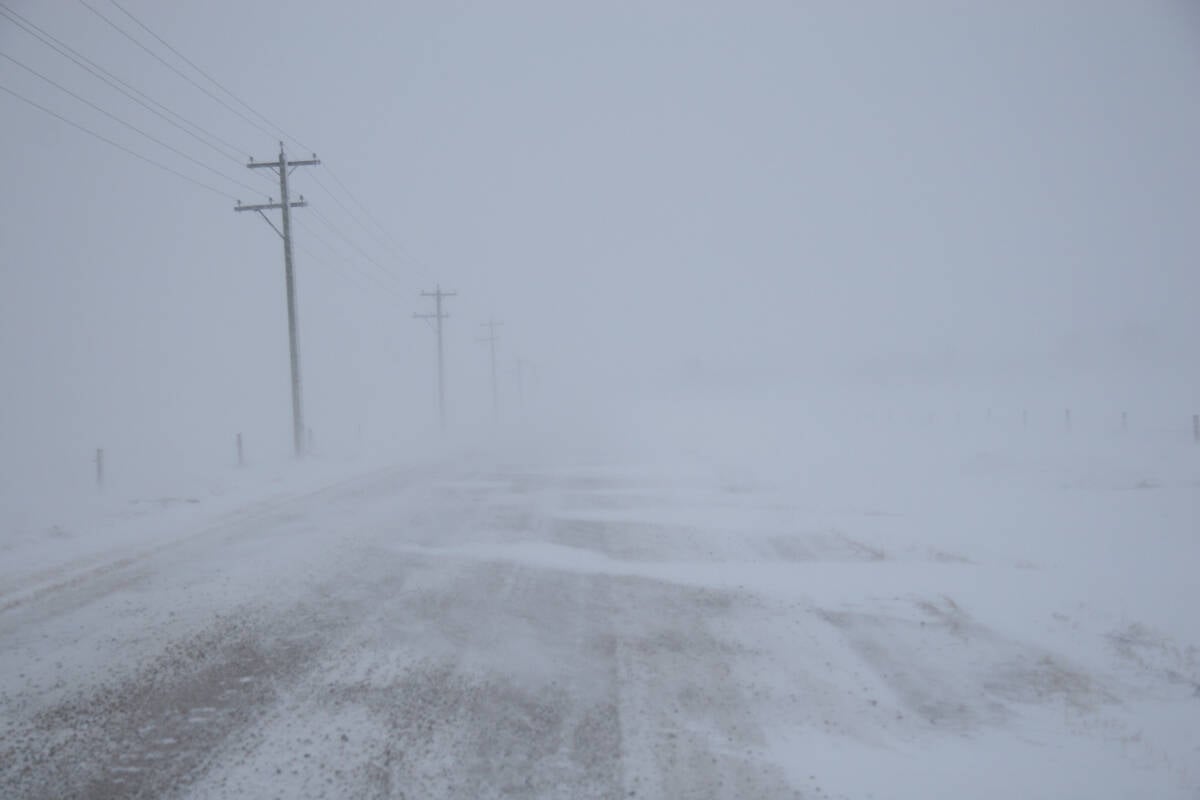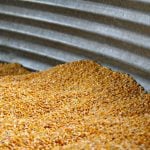Desi chickpea prices are at an all-time high, but it might be too soon to pencil the crop into next year’s rotation, say special crops analysts.
“The price is really good. I’m just not sure it’s going to hold,” said Agriculture Canada market analyst Stan Skrypetz.
Desi prices began rising in April after a prolonged slump and have not abated, averaging a record 22 cents per pound for the week of Dec. 8.
Demand is up based on what many in the trade feel was a dismal kharif season harvest in India, the world’s largest producer and consumer of chickpeas, despite government reports indicating otherwise.
Read Also

Volatile temperatures expected for this winter
DTN is forecasting a lot of temperature variability in the Canadian Prairies this winter. Precipitation should be close to average.
Analysts expect Canadian growers to respond to the price hike by planting more desis in 2007-08, the first increase in the class in years.
“Chickpea prices can change dramatically by springtime but if they hold at the current rate, there’s going to be a big increase (in acres),” said Skrypetz.
In the late 1990s and the early part of this century, desis accounted for 40-50 percent of production on a chickpea crop that peaked at 1.2 million acres in 2001.
This year, the class comprised 13 percent of production on 355,000 acres of chickpeas. The drop in production was due to poor prices, which had been wallowing in the nine to 13 cents per pound range for much of the last three years.
Before growers make the leap back into desis, there are important factors to consider.
The first is that Australian farmers grew 239,000 tonnes of chickpeas in 2006, nearly double what they harvested in 2005. And 95 percent of that crop is desis.
“It’s about the only crop that turned out quite well in Australia,” said Skrypetz.
Harvest recently wrapped up and Australian product should hit the market soon. It remains to be seen what impact that will have on prices.
The other big factor is that Indian farmers are now seeding their rabi season crop. As of Dec. 7, they had planted 746,000 more acres of desis than they did the previous year. That increase is more than twice the size of Canada’s total 2006-07 chickpea crop.
However, StatPublishing reports seeding conditions have not been ideal, with temperatures running six to seven degrees higher than normal and moisture reserves depleted.
“This is not the kind of start to the pulse growing season that India is seeking and will add to uncertainty in major pulse markets in the coming few weeks,” wrote Brian Clancey, editor of the special crops newsletter.
Skrypetz said given these factors, growers would be well advised to keep a close eye on desi contract prices, which should be out in the first few weeks of January, and should follow cash prices until March or April.
“They could change drastically,” he said.
Tim Mugford, chickpea merchant with Agricore United, said his company hasn’t dealt in desis for a few years.
“They were hard to find and the price was always a dog and guys just didn’t want to sell it, kind of like canaryseed.”
But lately he has been fielding phone calls from farmers who have renewed interest in the crop due to the record prices.
“Is this going to all of a sudden chase guys into the market? Probably,” he said.
But that might be the wrong approach.
Although prices are hot now, it doesn’t mean they will remain so next year, warned Mugford.















